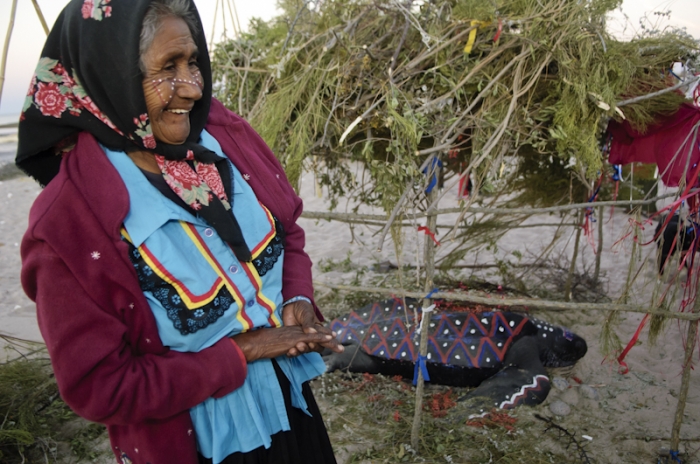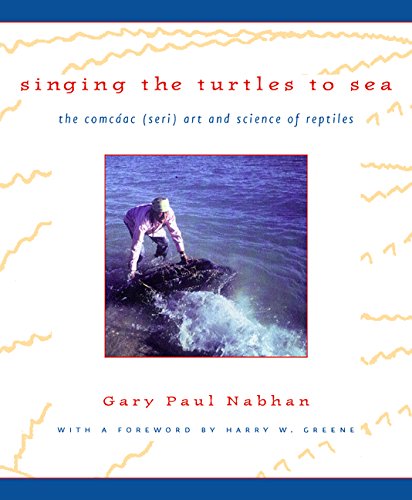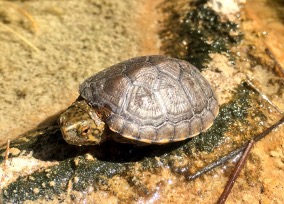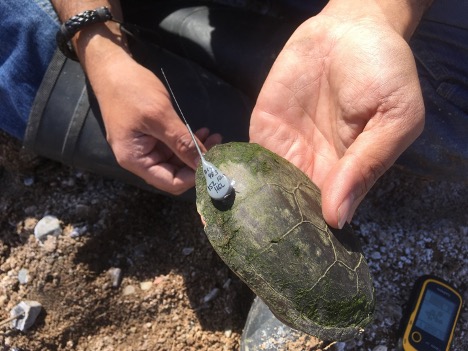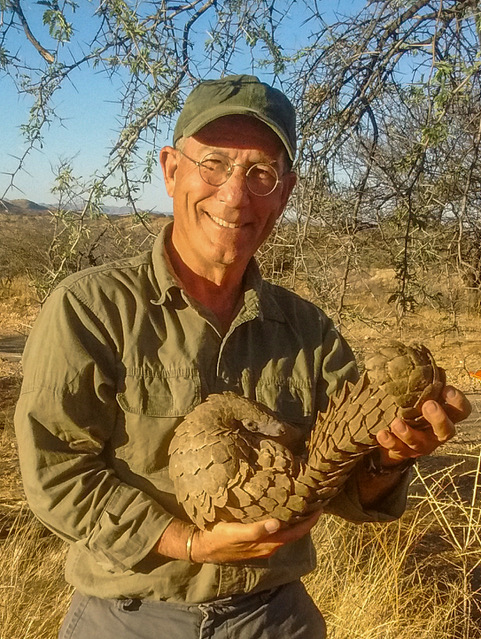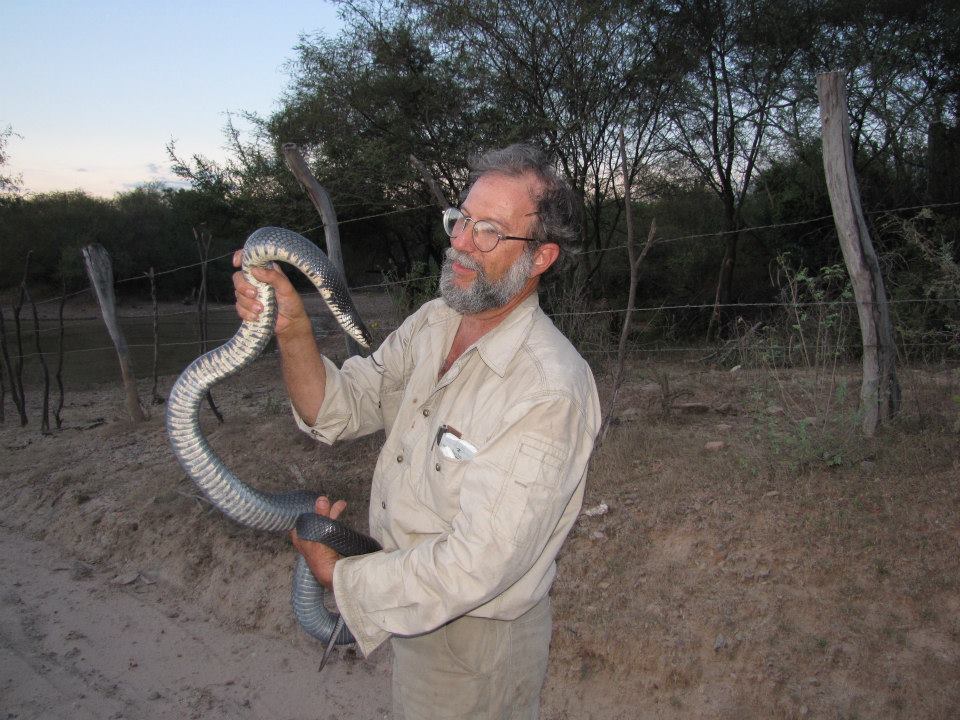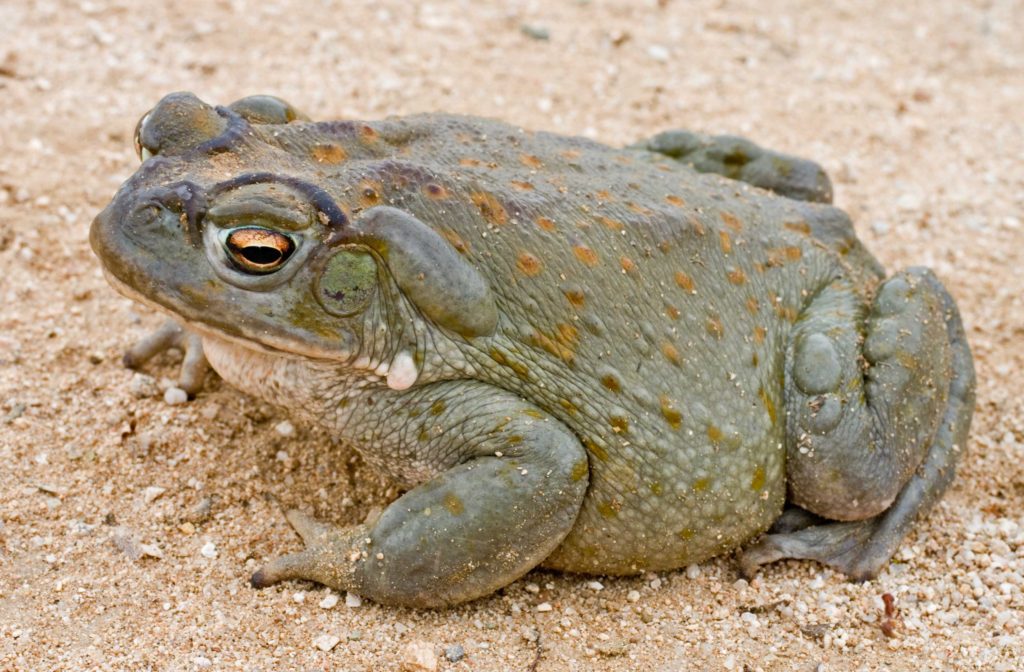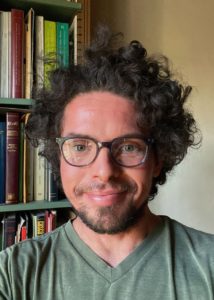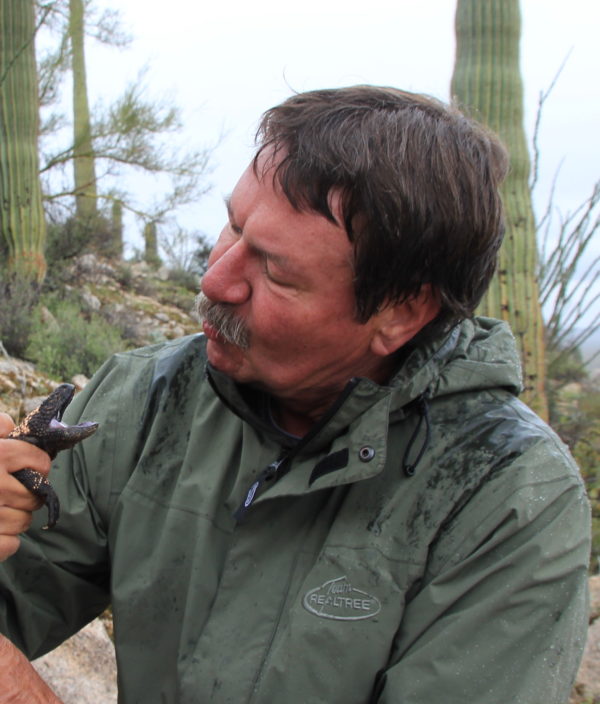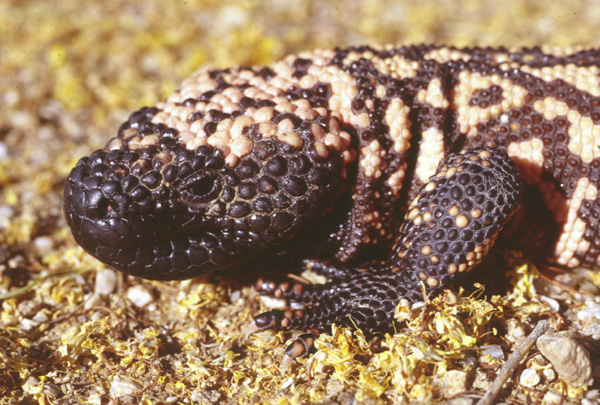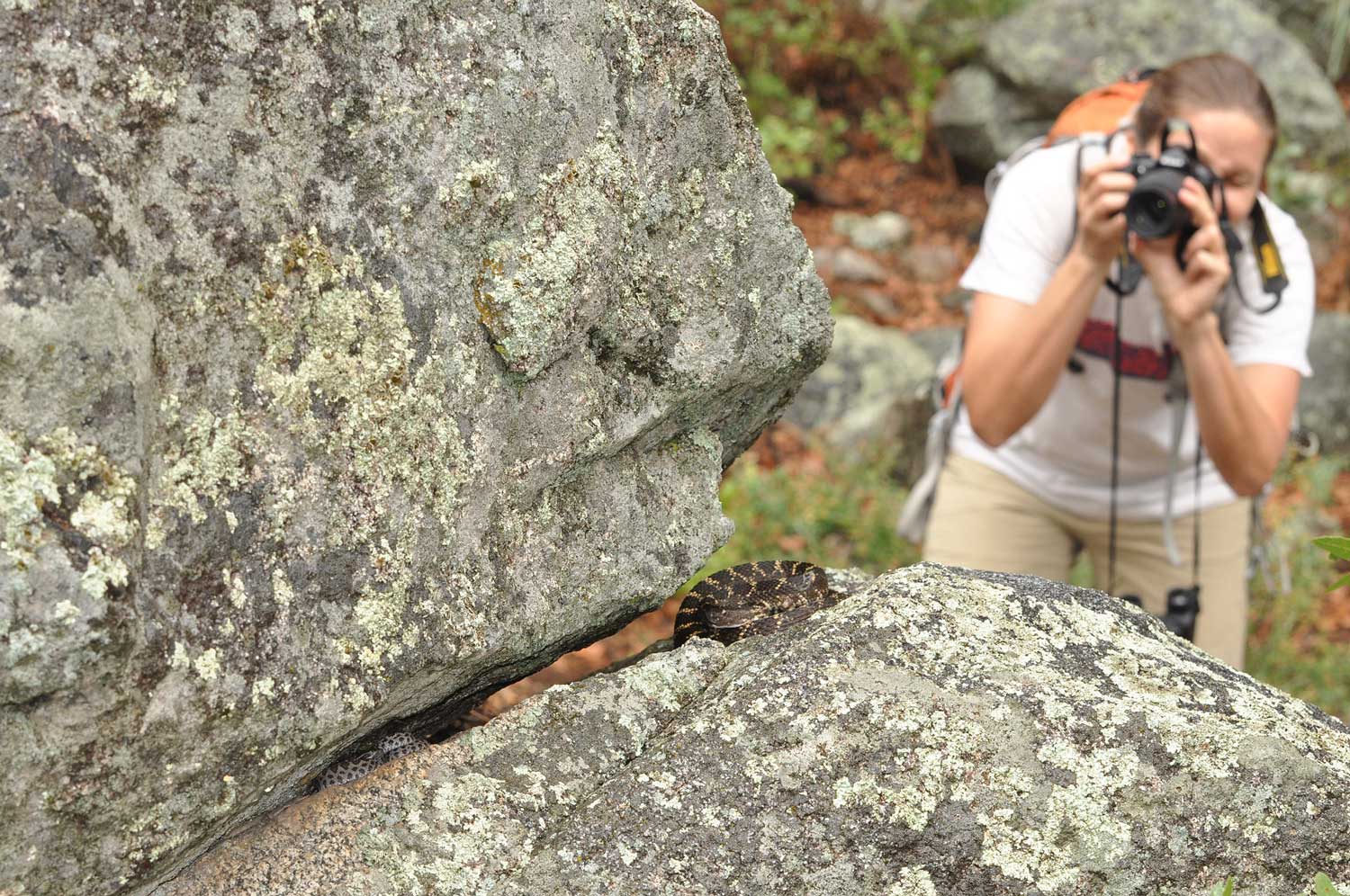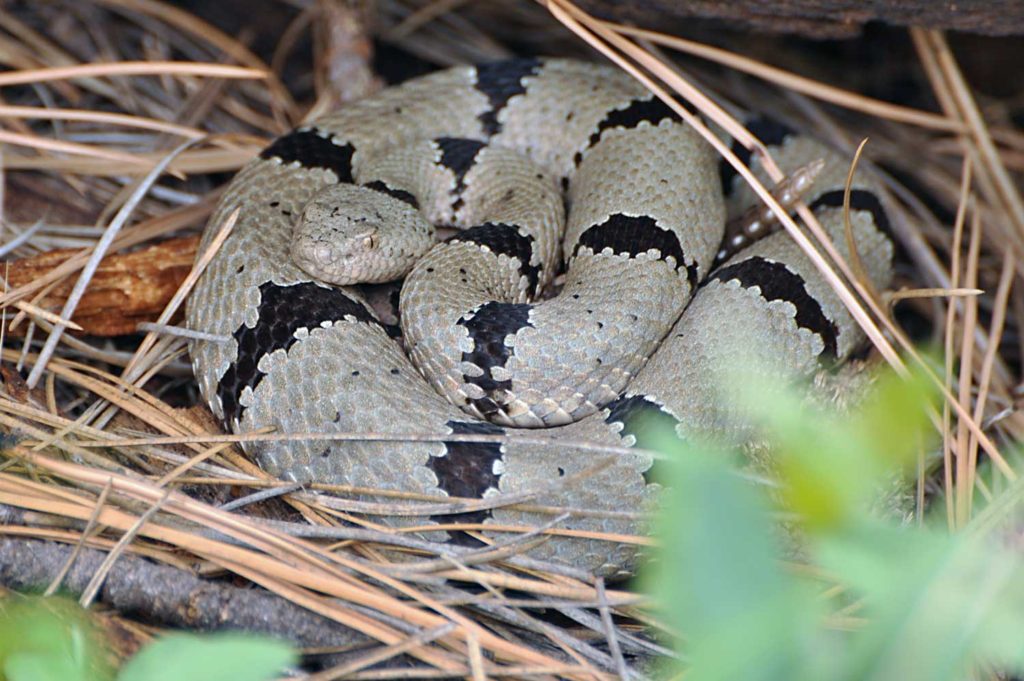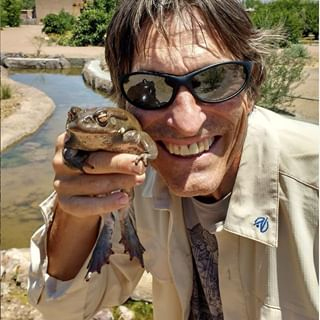Online Presentation – Banana Republics and Smuggling Priests: Antivenom in America from the 1890s through WWII – Leslie V. Boyer, MD – July 26th 2021 – 7pm via Zoom
Banana Republics and Smuggling Priests:
Antivenom in America from the 1890s through WWII
Leslie Boyer, MD
Professor Emerita of Pathology
University of Arizona College of Medicine
Online presentation, July 26th 2021 @ 7pm via Zoom
(link on homepage the day-of)
 Dr. Boyer received her medical doctorate from Harvard before completing a residency in Pediatrics and a fellowship in Medical Toxicology at the University of Arizona. She served as Medical Director of the Arizona Poison and Drug Information Center from 1994 to 2010 and was the founding Director of the Venom Immunochemistry, Pharmacology, and Emergency Response (VIPER) Institute in the College of Medicine at the University of Arizona.
Dr. Boyer received her medical doctorate from Harvard before completing a residency in Pediatrics and a fellowship in Medical Toxicology at the University of Arizona. She served as Medical Director of the Arizona Poison and Drug Information Center from 1994 to 2010 and was the founding Director of the Venom Immunochemistry, Pharmacology, and Emergency Response (VIPER) Institute in the College of Medicine at the University of Arizona.
Dr. Boyer was the Principal Investigator for a multicenter scorpion antivenom clinical studies program conducted throughout Arizona which culminated in FDA approval of the first antivenom for scorpion envenomation. She has coordinated Phase 2 and Phase 3 multicenter clinical trials of pit viper and coral snake antivenom, developed and managed the U.S. Antivenom Index, collaborated with the US FDA and the Smithsonian Institute on Antivenom Resources, and participated in the establishment of the Pan-American Lymphotoxinology Taskforce. She is a consultant to the African Society of Venimology.
Dr. Boyer was named the 2013 Arizona Bioscience Researcher of the Year by the Arizona Bioindustry Association in recognition of her work as lead investigator for the scorpion antivenom clinical trials. The American Medical Women’s Association and the US National Library of Medicine named her a “Local Legend of Medicine.” She has won the Leading Edge Award for Innovation at the University of Arizona. The FDA’s Office of Orphan Products Development and the National Organization for Rare Diseases named her a “Hero of Rare Disease.”
Her work has been presented on The Discovery Channel, PBS, BBC, National Geographic, National Public Radio, and in the New York Times and New England Journal of Medicine. Her blog can be found at https://www.scorpiondoc.silvrback.com, and her African antivenom training videos are at https://www.vimeo.com/venimologie. At present she is seeking a publisher for a memoir about developing antivenom, while writing her first fiction book.


 Sullivan first searched for amphibians and reptiles in Arizona in 1970; he returned every year thereafter, and arrived for good in 1979. He was hired as an Assistant Professor of Zoology at ASU in 1989, promoted to Full Professor of Herpetology in 2002, and served as the Editor of the Journal of Herpetology from 2000 through 2005. With students, colleagues, and his family, he has examined the behavioral ecology and conservation biology of amphibians and reptiles of the Southwest for over fifty years. Sullivan has authored roughly 200 articles, book reviews, technical reports, and book chapters, including many coauthored with students and colleagues in the Phoenix area.
Sullivan first searched for amphibians and reptiles in Arizona in 1970; he returned every year thereafter, and arrived for good in 1979. He was hired as an Assistant Professor of Zoology at ASU in 1989, promoted to Full Professor of Herpetology in 2002, and served as the Editor of the Journal of Herpetology from 2000 through 2005. With students, colleagues, and his family, he has examined the behavioral ecology and conservation biology of amphibians and reptiles of the Southwest for over fifty years. Sullivan has authored roughly 200 articles, book reviews, technical reports, and book chapters, including many coauthored with students and colleagues in the Phoenix area.